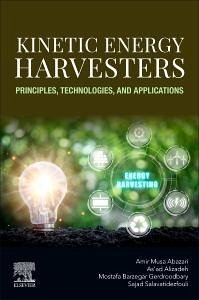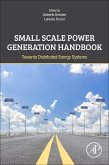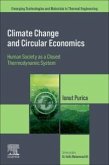Kinetic Energy Harvesters: Principles, Technologies, and Applications presents a comprehensive analysis of the five types of kinetic energy harvesters, offering readers a single resource to learn about the principles, technologies, and applications. The opening chapters of the book provide a concise review of free and forced vibration analysis, as well as Multi Degree of Freedom systems. The subsequent chapters systematically examine the five types of energy harvesters, piezoelectric, electromagnetic, magnetostrictive, electrostatic, and triboelectric. Within the chapters, each ambient vibration phenomenon is described in detail, followed by an explanation of the relevant principles. Analytical analyses of kinetic energy and its conversion to electrical energy are then presented, alongside the governing equations, and a discussion of the technologies applications. Finally, MATLAB code is provided for programming calculations. A comprehensive resource on kinetic energy harvesting, Kinetic Energy Harvesters: Principles, Technologies, and Applications is an invaluable resource for anyone working on energy harvesting technologies, energy conversion, or the diverse range of applications for these technologies.
Hinweis: Dieser Artikel kann nur an eine deutsche Lieferadresse ausgeliefert werden.
Hinweis: Dieser Artikel kann nur an eine deutsche Lieferadresse ausgeliefert werden.








